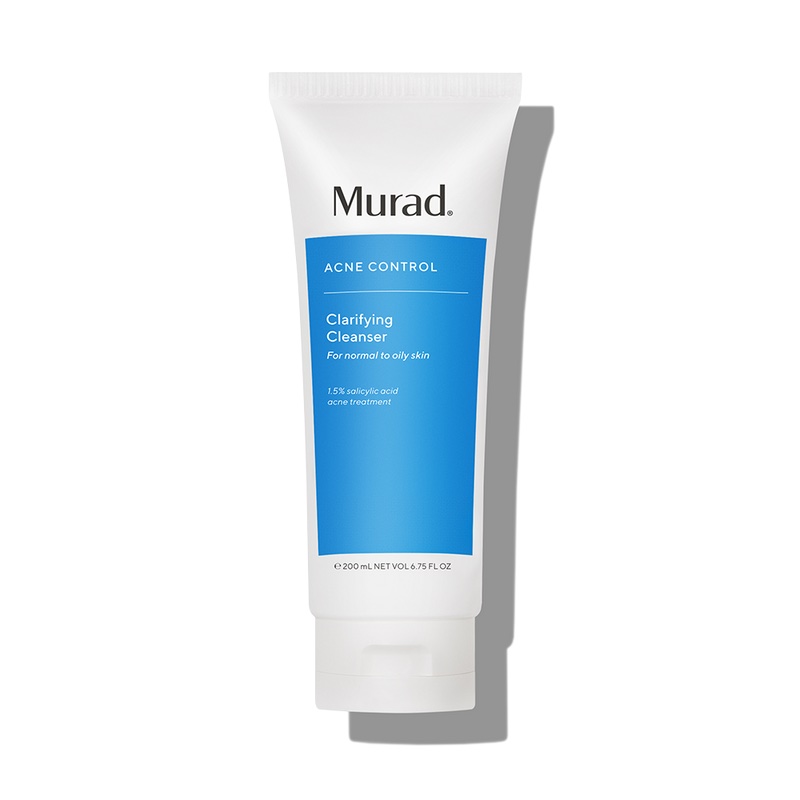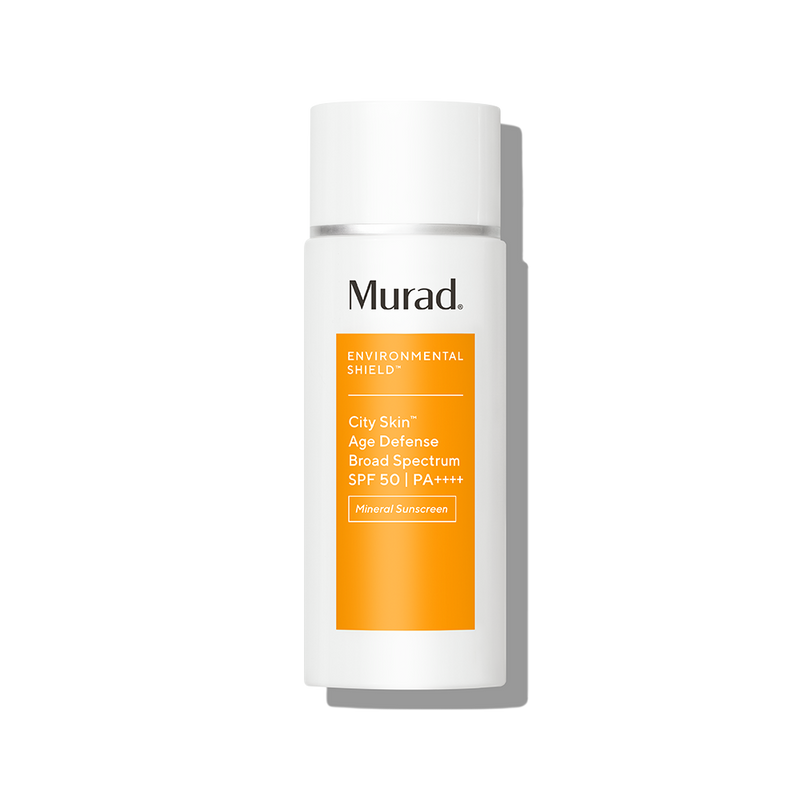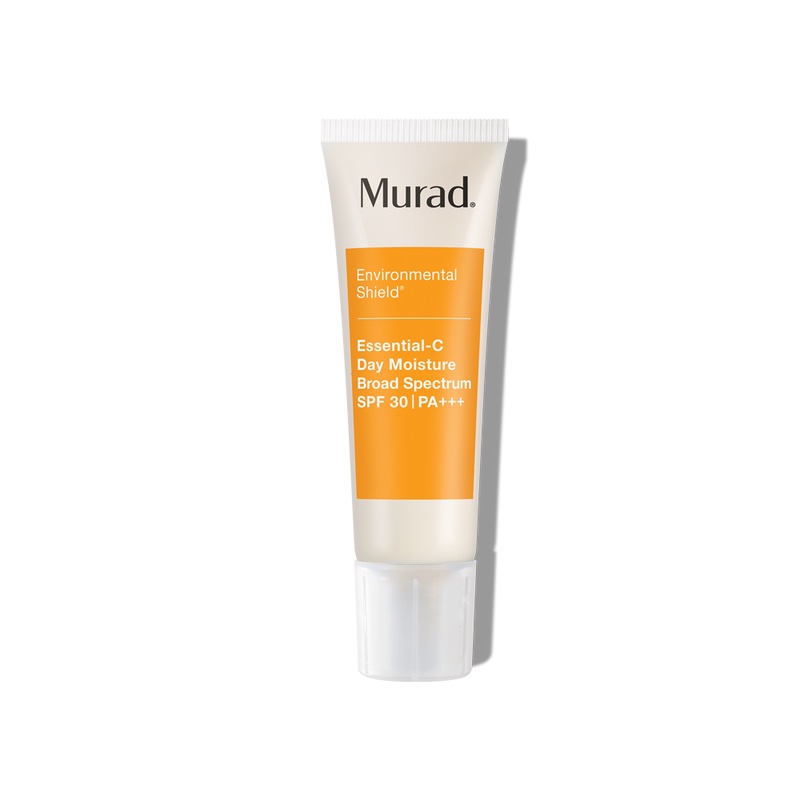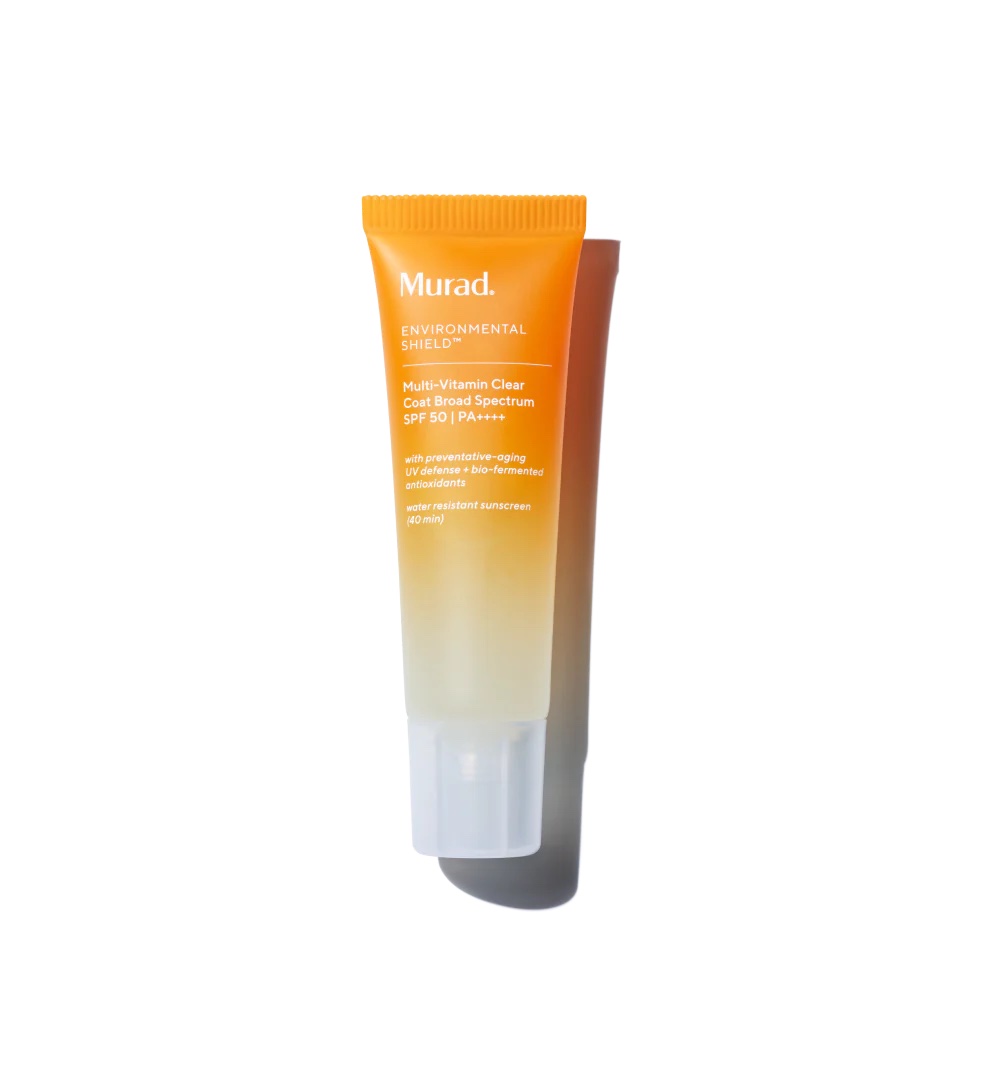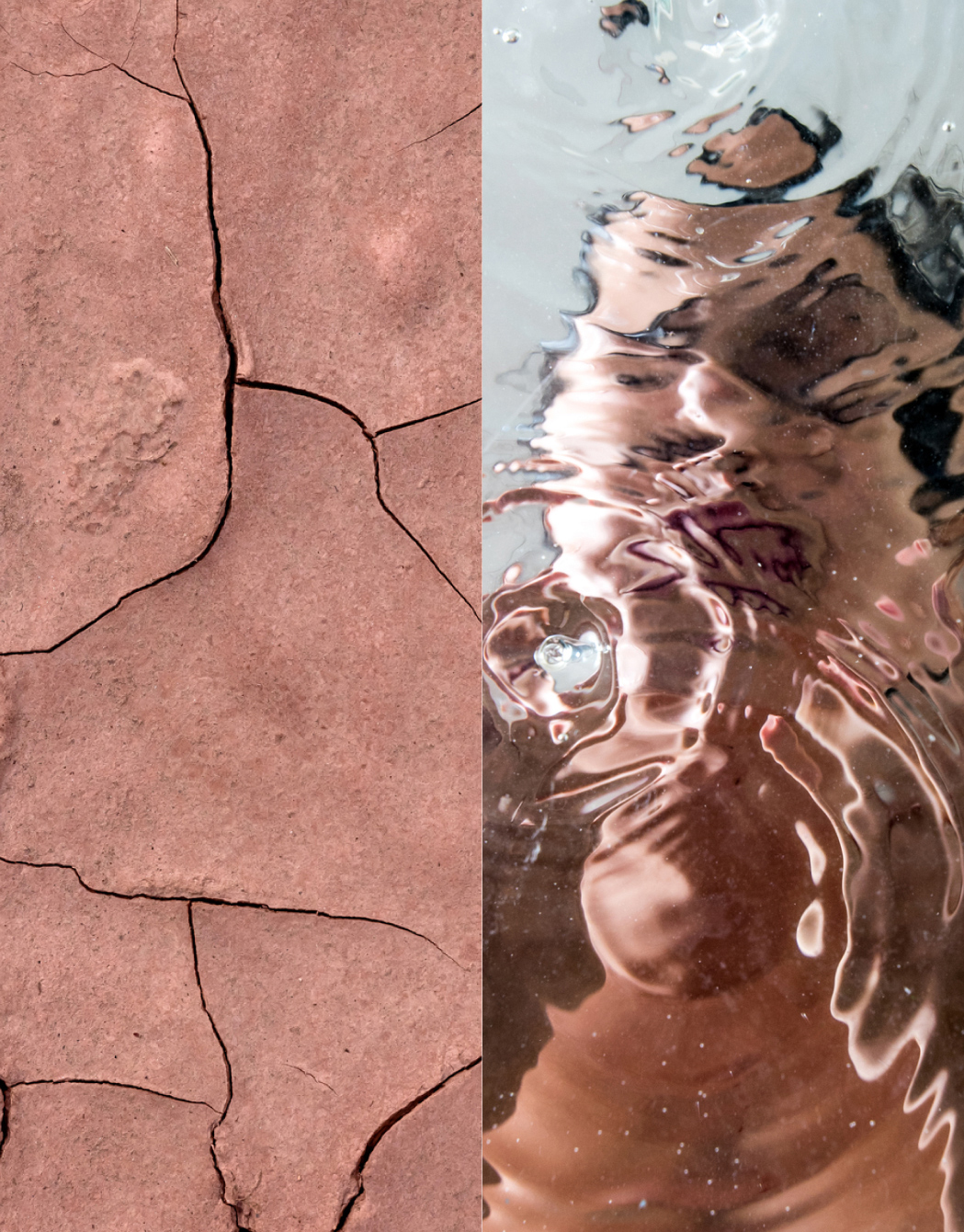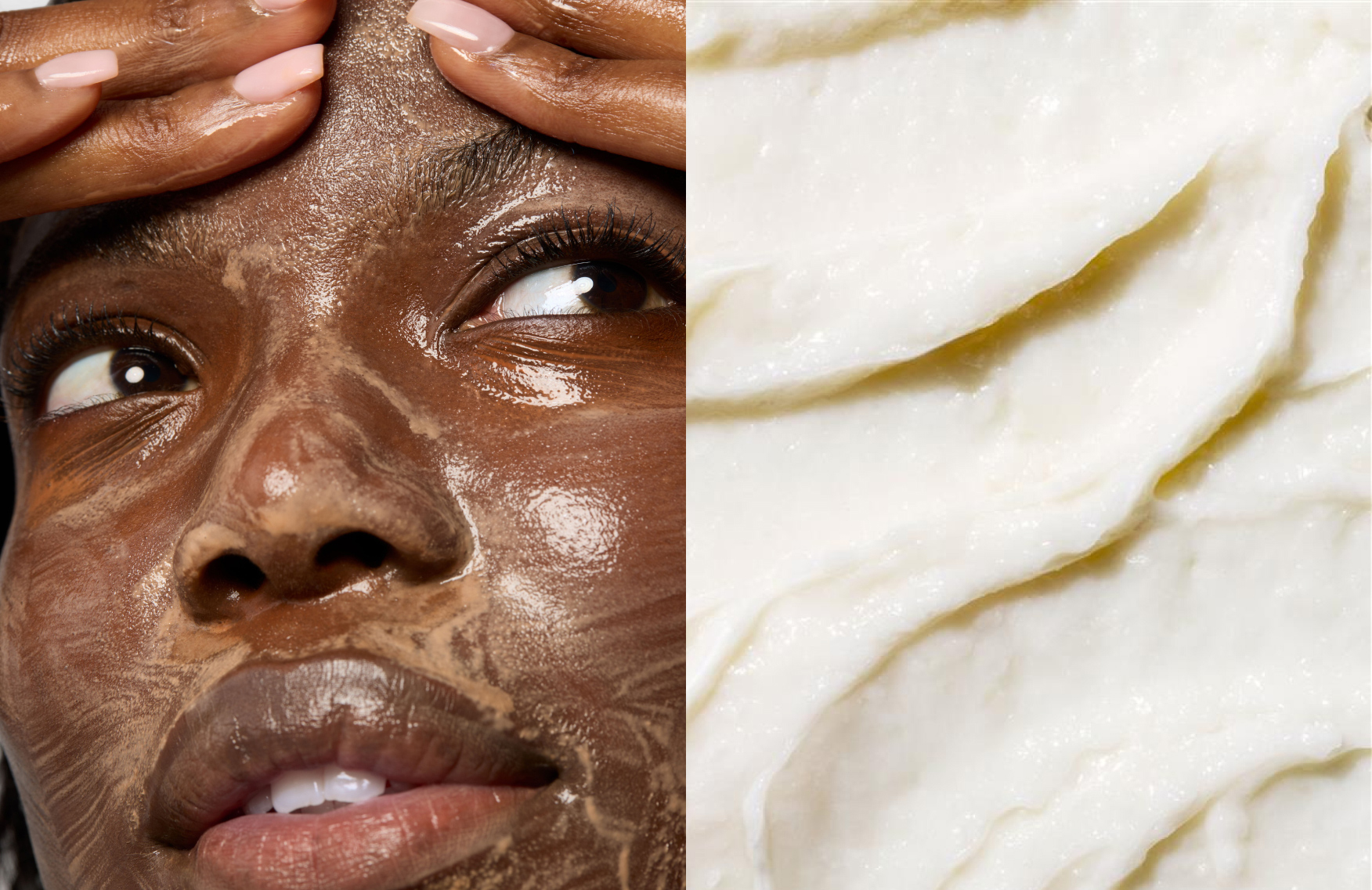SPF shopping? Here’s what to look for—and what to avoid
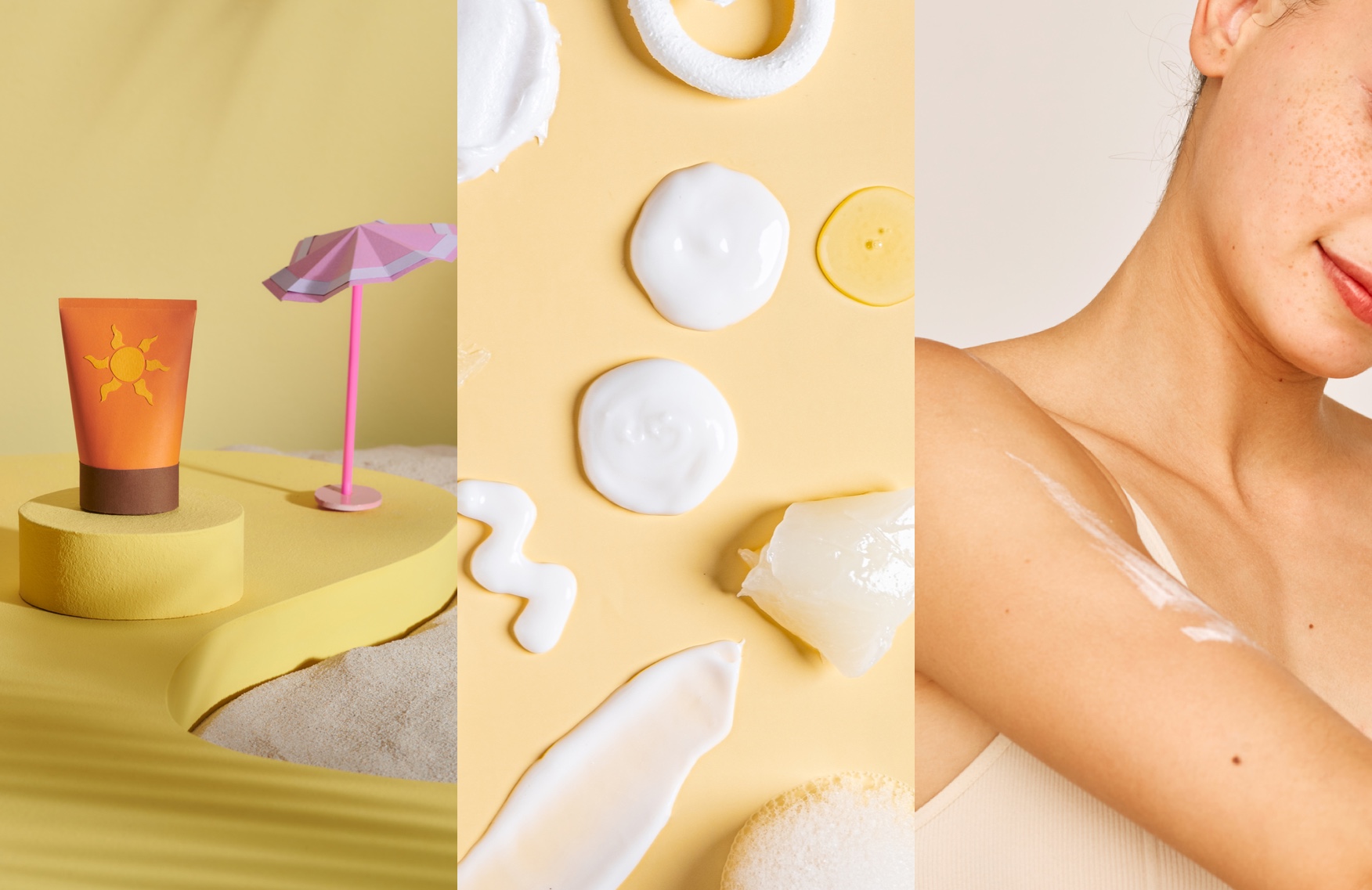
With warmer days ahead, sun protection should be top of priority in our skincare routines. We know that broad-spectrum sunscreens with SPF 30 or higher are recommended by dermatologists, but what other factors and formulations should we consider? With so many options available, we asked Arsi Trozian, a cosmetic chemist and Murad’s Director of Research and Development, for advice on what to look for (and what to avoid) when choosing sunscreen.
SPF basics
The sun protection factor (SPF) value indicates the level of protection provided by a sunscreen—the higher the value, the greater the protection. The SPF value can be influenced by the active ingredients, which not only protect the skin from UV rays but also affect how the sunscreen applies to the skin. Common ingredients like titanium dioxide and zinc oxide act as UV blockers that remain on the skin’s surface. “The overall formula plays a crucial role in the product’s performance,” Trozian adds.
How should you choose which SPF is best for you?
Choosing the right sunscreen ultimately comes down to how it feels on your skin. “You have to enjoy the way your sunscreen feels during application and afterwards, so that you’re motivated to continue using it,” Trozian advises. For individuals with oily skin, she suggests opting for a sunscreen that has a lighter feel and texture. On the other hand, those with drier skin may benefit from a richer, moisturizing SPF formula.
The difference between mineral vs. chemical formulas
“The main difference between mineral and chemical sunscreen formulations lies in the feel, aesthetics and application of the formulas,” Trozian explains. Mineral sunscreens often have an opaque appearance and are sometimes associated with the issue of a “white cast,” while chemical formulas tend to be clear and may have a slick texture due to lipids. However, certain emollients in mineral sunscreens can help minimize the white cast issue, especially on darker skin tones. “Different types of emulsions can offer diverse feels and textures that may be more appealing,” Trozian adds.
What to avoid
“I would say steer clear of any sunscreens with high levels of retinol and AHAs,” recommends Trozian. “These will most likely be found in treatments and moisturizers, and not sunscreen formulations.”
Does price indicate quality of sunscreen?
“It all depends on what you’re looking for out of your sunscreen,” Trozian says. SPF 50 sunscreens across various price points will protect your skin, but more expensive versions may offer added benefits, such as hydration, antioxidants and anti-aging ingredients. “More expensive sunscreens can also have textures specifically designed for certain consumer needs, such as those with acne-prone skin or mature skin,” advises Trozian. “It’s not a one-size-fits-all approach.”
The views expressed in this article do not necessarily represent the views of Murad, and are for informational purposes only, even if the advice of physicians and medical practitioners are included. This article is not a substitute for professional medical advice, diagnosis or treatment, and should not be considered specific medical advice.
